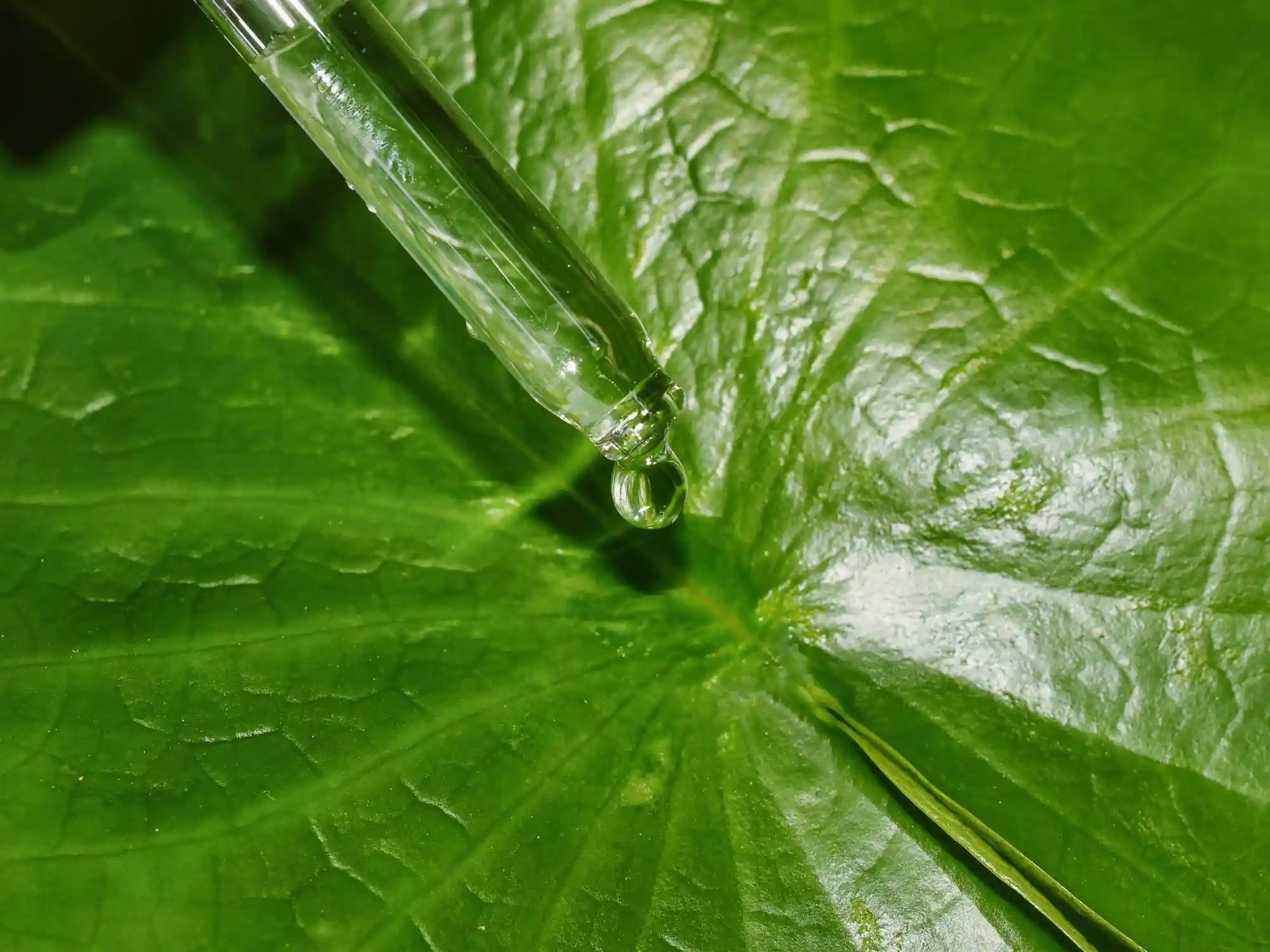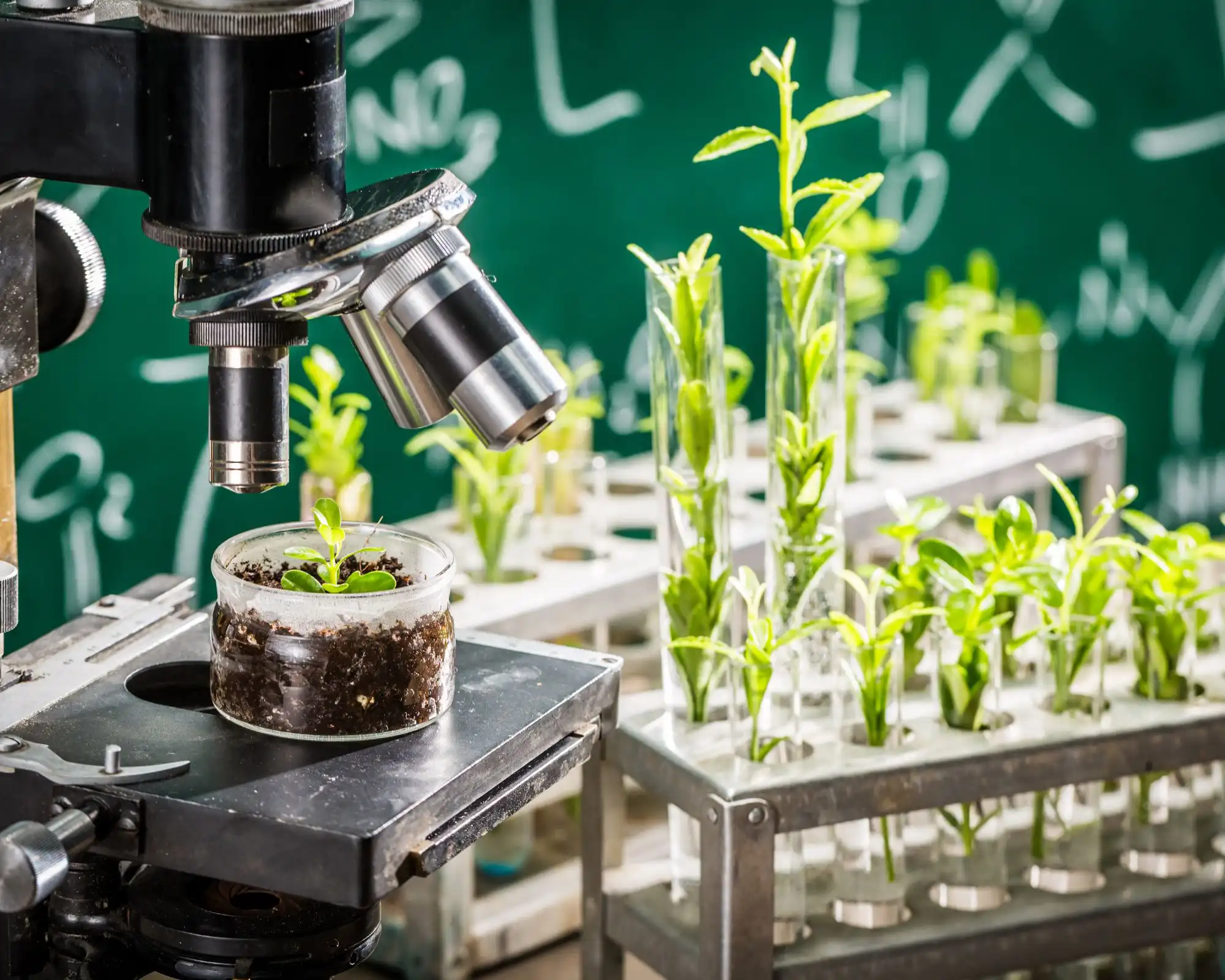Terpenes are aromatic compounds contained within many plants, including the cannabis plant, which contribute to the plant’s taste and smell. Terpenes are found in a wide variety of plants and can also be manufactured synthetically. They have a hydrocarbon chemical structure and a range of potential effects on the human body.
What is a terpene?
Terpenes are a type of chemical present in a range of plants, including the cannabis plant. They play a vital role in plants, often helping repel predators, or helping the plant recover from damage. Terpene composition is one of the factors that helps to differentiate cannabis strains from one another.
What are the physical characteristics of terpenes?
Terpenes have a low specific gravity, which allows them to float in water. Additionally, they tend to be nonpolar, meaning they are insoluble in water. Due to being light oils, terpenes have a comparatively low viscosity compared to substances like vegetable oil. But like many other oils, terpenes are highly flammable.

How do terpenes work?
Terpenes are thought to interact with the human body in a number of ways, with preliminary studies indicating some positive effects. They are also thought to affect neurotransmitters like dopamine, serotonin, and norepinephrine in the brain. The entourage effect is a theory about how terpenes (along with other phytocompounds) may interact with the endocannabinoid system alongside cannabinoids.
Entourage effect
The entourage effect is the idea that different types of phytocompounds can work together to create an effect greater than the sum of their parts. Terpenes are thought to have a significant role in the entourage effect. This can be important to provide better balance and fine-tuning for medicinal cannabis and how it interacts with the endocannabinoid system.

Where are cannabis terpenes found?
Cannabis terpenes occur naturally within the cannabis plant. They can be found in all different types of cannabis cultivars and strains. Terpenes may also be created synthetically, to recreate the effects of natural terpenes or create effect profiles that don’t correspond to existing terpenes.
Natural
Naturally occurring terpenes come from the trichome, a part of the female cannabis plant. They produce a sticky resin from their glands that generates terpenes. However, the exact terpenes combination and concentration varies by cultivar and strain. Natural terpenes are often extracted from the cannabis plant to utilise them in products like CBD oil or THC extract. There are a range of different processes that can be used to this effect, with some being better suited to terpenes than others.
Synthetic
Synthetic terpenes are manufactured in laboratories, often with the intent of recreating the effects of natural terpenes. This is in order to find alternative ways of sourcing terpenes rather than only extraction. Some synthetic terpenes even create effects that are not analogous to existing natural terpenes. Are terpenes legal in Australia?
Given that terpenes are present in many everyday foods and products, they are legal in Australia. However, some of the terpenes extracted from the cannabis plant may not be. Typically, terpenes will be part of a product that primarily contains either CBD or THC. Getting one of these products will require a valid prescription from your doctor and approval from the Therapeutic Goods Administration (TGA).
What are the different types of terpenes?
A variety of different terpenes exist across different substances. The amount of existing terpenes that have been discovered is thought to be over 30,000 in total. They are classified by the number of carbons in their formula. Monoterpenes have 10 carbons, sesquiterpenes have 15 terpenes, diterpenes have 20 terpenes. Based on their chemical structure, their physical characteristics will vary. This includes things like their boiling points and viscosity.
What product types are terpenes found in?
Terpenes are found in a very broad array of products, both in and outside of the medical cannabis industry. One of the most popular industrial uses of terpenes is natural rubber, which utilises polyisoprene. They are also used in aromatherapy, pesticides and essential oils. Naturally, terpenes will also be found in produce and food products, since they contribute to smell and taste profiles.
Terpenes in medical cannabis products
As medicinal cannabis products, terpenes are found in a range of cannabis products such as cannabis oils, dried cannabis flower, and cannabis extracts. However, it does depend on their level of purity. Cannabis isolates and distillates make an active attempt to avoid including phytocompounds beyond either THC or CBD. Full-spectrum and broad spectrum products, on the other hand, include a range of compounds including terpenes.
Contact Us For Free Assistance
"*" indicates required fields
Additional Information on Cannabis Strains
Learn more about the legal landscape surrounding medical cannabis strains in Australia, including regulations governing cultivation, prescription, and usage for therapeutic purposes.
The Legality of Cannabis StrainsLearn about the diverse effects of medical cannabis strains, from energizing sativas to relaxing indicas, and how they can be tailored for Australian patients’ unique therapeutic needs.
Effects of Cannabis StrainsLearn about the intricacies of the cannabis plant, from its rich medical history to the distinct characteristics of indica, sativa, and hybrid strains cultivated in Australia for therapeutic purposes
Cannabis PlantLearn about the diverse world of cannabis strains and their applications in various medical cannabis products, from oils and edibles to vaporised flowers and topicals tailored for Australian patients.
Cannabis Strains and Product TypesLearn about how the cannabis plant is made up of many chemical compounds that contribute to the look, flavour, scent, and effect of the plant.
Chemical Makeup of CannabisLearn about how cannabis compounds work together synergistically to potentially enhance therapeutic effects, including the interactions between cannabinoids, terpenes, and flavonoids in medical cannabis
The Entourage EffectLearn how these diverse plant compounds affect cannabis color and flavor, contribute to the entourage effect, and interact with other plant chemicals to influence potential therapeutic properties
FlavonoidsExplore the distinctive characteristics of Cannabis indica strains – from their compact, bushy structure to their chemical composition and potential therapeutic applications across various medical cannabis products
Medical Cannabis Strains: IndicaDiscover the characteristics of Cannabis sativa strains – from their tall, slender growth pattern to their unique chemical profile and potential energizing effects in various medical applications.
Medical Cannabis Strains: SativaExplore the key compounds in cannabis that interact with the body’s endocannabinoid system, including natural and synthetic varieties, their chemical structures, and how they function in medical applications.
CannabinoidsExplore CBG, the ‘mother cannabinoid’ from which other cannabinoids are derived, its non-psychoactive properties, and how it compares to CBD, CBN, and CBC
Medical Cannabis Cannabinoids: Cannabigerol (CBG)Discover CBN, a minor cannabinoid formed from THC degradation, its unique properties, interaction with the endocannabinoid system, and how it compares to other cannabinoids like THC, CBD, and CBG.
Medical Cannabis Cannabinoids: Cannabinol (CBN)